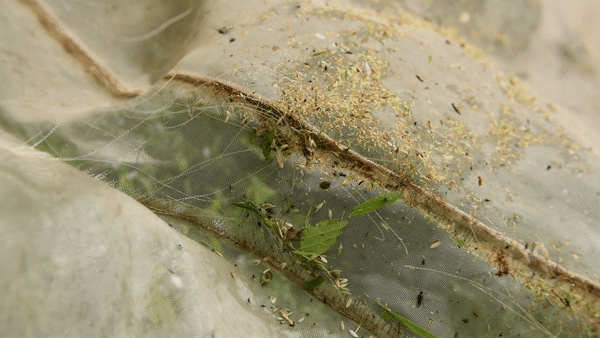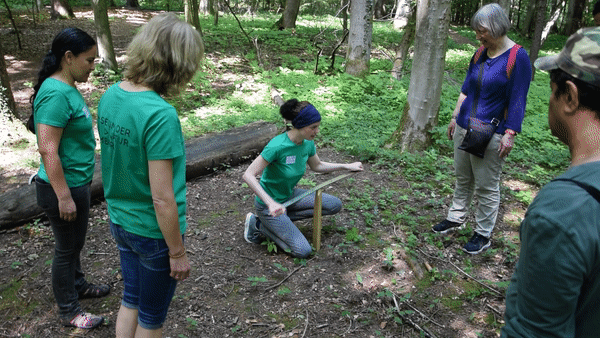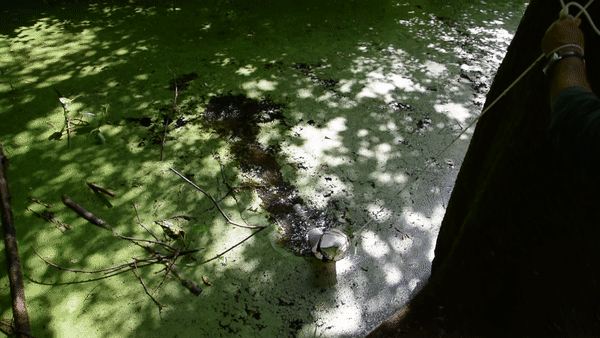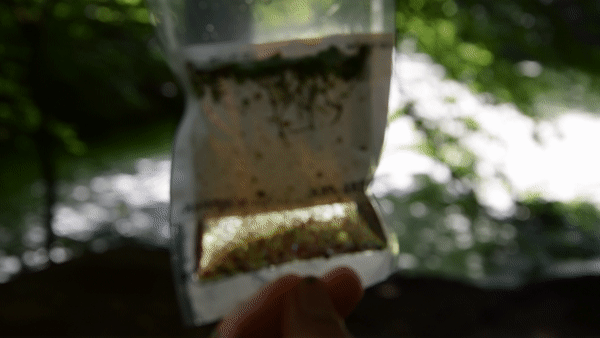First discoveries from the Bioblitz on the Langen Tag der StadtNatur

With the help of catch nets we were able to catch and identify some insects. © LIB, Steinkröger
We were on the prowl: At the Langer Tag der StadtNatur in Hamburg, we organised a Bioblitz in the Niendorfer Gehege. On Saturday 18 June, we not only found numerous species, but also introduced visitors to Hamburg’s biodiversity.
A total of around 80 people attended and wanted to learn more about the local animal species from our experts. On tours through the Niendorf enclosure, we showed where insects, crustaceans, butterflies and worms hide and how to catch them correctly in order to identify them afterwards. We used malaise and ground traps, butterfly and water nets or quite unconventional methods such as rubbing a metal rod on a buried wooden beam to bring worms to light.

Our researchers are still evaluating the results properly, but have already been able to identify over 90 different species that have been found, caught or observed on the Bioblitz: These include birds, lizards, beetles, bugs, earwigs, flies, cicadas, bees, bumblebees, woodlice, butterflies, snails, centipedes, dragonflies and grasshoppers. The list will be extended considerably by the planned genetic analyses of the trap material. We will present the results in more detail in the coming weeks. (The complete list of the interim status is available here as a PDF).

















